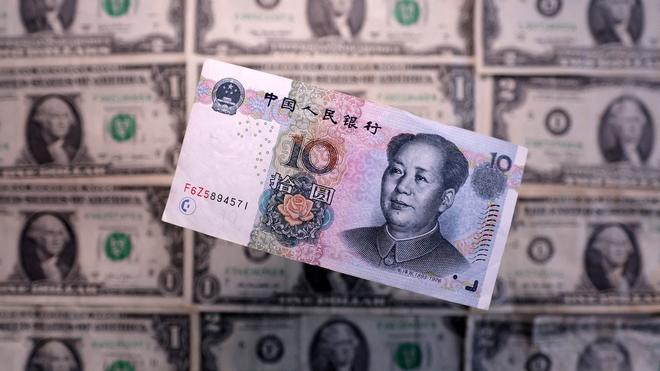In a bold response to mounting trade tensions, China has announced a dramatic hike in tariffs on U.S. imports, increasing the rate from 34% to a staggering 84%. The new tariff structure takes effect on April 10, 2025, and marks one of the most significant retaliatory moves in the ongoing U.S.-China trade conflict.
Background of the Escalation
The move comes just days after the United States, under the leadership of former President Donald Trump, imposed a 104% tariff on Chinese goods. The U.S. justified its decision by citing trade imbalances and alleged intellectual property violations. However, China views the U.S. move as aggressive and unjustified, prompting this swift and forceful response.
Details of China’s Retaliatory Measures
Alongside the sharp increase in tariffs, China introduced several other strategic measures:
Export Control List Expansion: China has expanded its export control list to include twelve more U.S. companies. Major firms like American Photonics and Novotech have been restricted from doing business with Chinese counterparts, effectively limiting their access to one of the world’s largest markets.
Unreliable Entities List: Additionally, six U.S. firms have been added to China’s “Unreliable Entities List.” These include Shield AI and Sierra Nevada Corporation. Companies on this list are banned from trade and investment activities in China, further straining corporate relations between the two superpowers.
Impact on Global Markets
The announcement sent ripples through international financial markets, reflecting investor anxiety:
U.S. Stock Futures: Dow futures plummeted by over 500 points, while S&P 500 and Nasdaq E-mini futures dropped by 1.2% and 1.07% respectively, reflecting fears of further economic turbulence.
Volatility Index: Wall Street’s volatility index surged to its highest level since August, signaling rising uncertainty and risk aversion among global investors.
Oil Prices: Oil markets were not spared either. Crude prices slipped for a fifth straight day, hitting their lowest point since early 2021, amid concerns of a slowdown in global demand due to escalating trade restrictions.
Statements from Both Sides
President Trump defended the U.S. tariffs, urging companies to bring manufacturing back to America. He argued that producing domestically would help businesses avoid these high import taxes and strengthen the U.S. economy.

